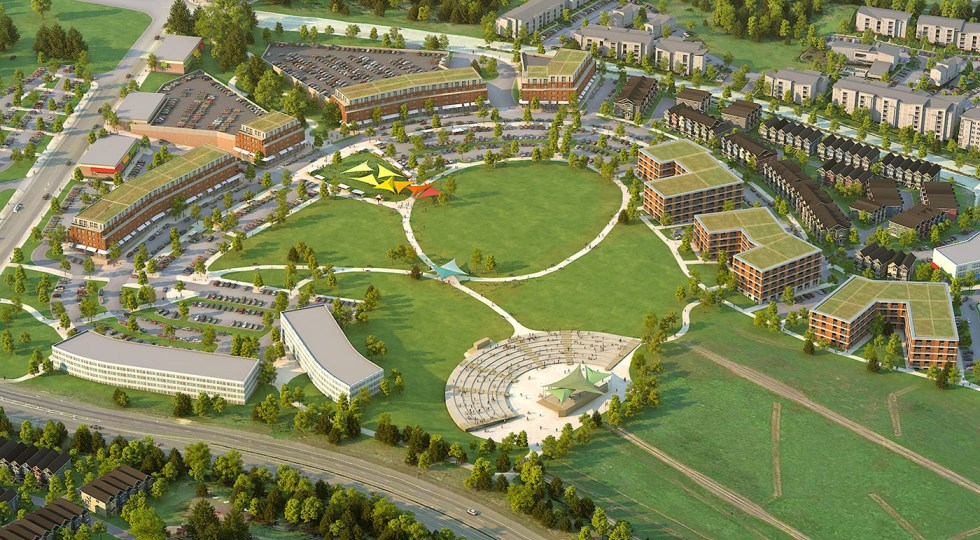Brownfields are vacant or underutilized properties for which reuse or redevelopment is hindered by actual or suspected contamination.
While their characteristics vary, brownfields share many common redevelopment challenges. Left ignored and abandoned, sometimes for decades, brownfields put the health, safety and economic vitality of our communities at risk.
According to the Environmental Protection Agency (which will provide almost $55 million in 2016 to U.S. communities to help them clean and reuse brownfield), there are as many as 500,000 brownfield sites throughout the U.S., including dozens lurking in nearly every community in Washington state.
Many brownfields have potential for reuse that could spur the revitalization of struggling areas but remain idle due to fear of hidden environmental liabilities.
The 90-acre Seattle Municipal Landfill (“Kent Highlands Landfill”) site is located in Kent, Washington, 14 miles south of Seattle. From 1968 to 1986, the City of Seattle leased the site and disposed of refuse on about 60 acres of a 90-acre ravine on a hillside above the Green River. In addition to municipal wastes, the landfill accepted paint residues, industrial sludge and other industrial wastes.
Landfill operations resulted in impacts to groundwater and air. The City of Seattle has closed the landfill; operation and maintenance activities are ongoing.
EPA funded a community visioning exercise led by Kent and Stantec to engage local stakeholders in creating a compelling yet practical vision for future use of the landfill, as well as a detailed strategy and “road map” to transform the vision into reality. With additional community support and public-private partnerships, the landfill area is poised to become a regional destination.

